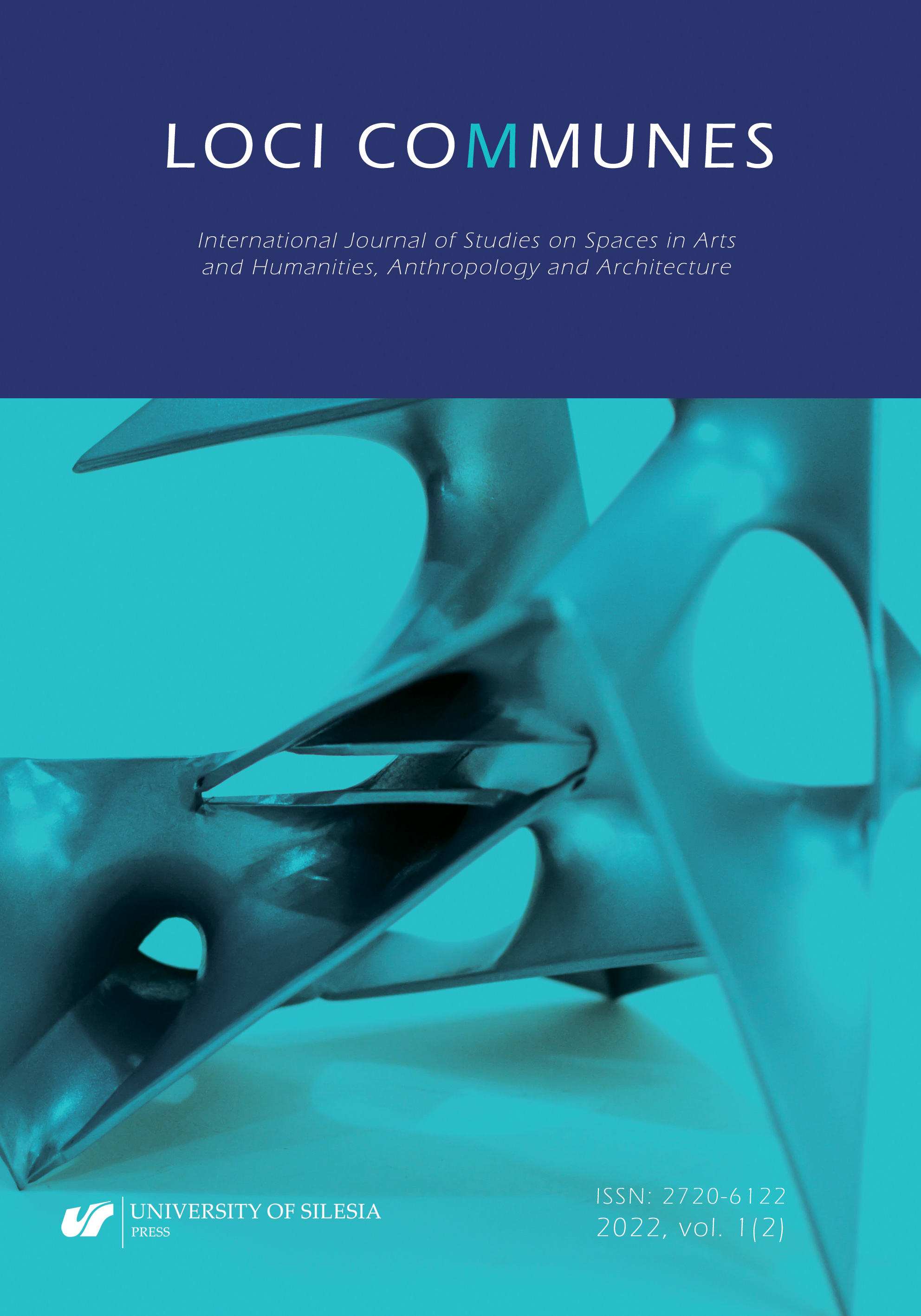ANFA. (n.d.). ANFA. Retrieved April 5, 2020, from https://www.anfarch.org/
Google Scholar
Armstrong, T. (2011). The power of neurodiversity: unleashing the advantages of your differently wired brain. Cambridge: Massachusetts.
Google Scholar
Auguścik, K. (2022). Immersja w grach komputerowych i jej oddziaływanie na gracza [Immersion in Computer Games and Its Influence on Player] [Unpublished Bachelor Degree dissertation]. University of Silesia.
Google Scholar
Bertilsdotter Rosqvist, H., Chown, N., & Stenning, A. (Eds.). (2020). Neurodiversity studies. A new Critical Paradigm. London and New York: Routledge.
Google Scholar
Björk, S., & Holopainen, J. (2005). Patterns in Game Design. Charles River Media.
Google Scholar
Borealis. (n.d.). Cytadela [Citadele]. Borealis. Retrived April 5, 2022, from http://borealis.net.pl/wiki/Cytadela
Google Scholar
Borealis. (n.d.). Wojna siedmiogodzinna [Seven-hour war]. Borealis. Retrieved April 5, 2022, from http://borealis.net.pl/wiki/Wojna_siedmiogodzinna
Google Scholar
Bovell, V. (2015). Is the prevention and/or cure of autism a morally legitimate quest? [Published Doctoral dissertation]. Oxford University. https://ora.ox.ac.uk/objects/
Google Scholar
Bystrom, K., Barfield, W., & Hendrix, C. (1999). A conceptual model of the sense of presence in virtual environments. Presence: Teleoperators and Virtual Environments, 8, 241–244.
Google Scholar
Carlson, L. (2010). The faces of intellectual disability. Bloomington, IN: Indiana University Press.
Google Scholar
Epic VR. (2017, February 17). Imersja – immersja – wirtualna rzeczywistość [Immersion - immersion - virtual reality]. Epic VR. https://epicvr.pl/pl/imersja-immersja-wirtualna-rzeczywistosc/
Google Scholar
Fox, J., & Bailenson, J. N. (2009). Virtual self-modeling: The effects of vicarious reinforcement and identification on exercise behaviors. Media Psychology, 12, 1–25.
Google Scholar
Heim, M. (1993). Vocabulary for Metaphysics of Virtual Reality. In Metaphysics of Virtual Reality, Oxford.: Oxford University Press.
Google Scholar
Kwiatkowski, K. (2015). Możliwości zastosowania neuronauki poznawczej (cognitive neuroscience) jako narzędzia weryfikacji założeń projektowych w architekturze i urbanistyce In B. Komar, J. Biedrońska & A. Szewczenko (Eds.). Badania przedprojektowe i okołoprojektowe w kształtowaniu środowiska zbudowanego. Vol. 3 (pp. 23-26). Gliwice: Wydział Architektury Politechniki Śląskiej.
Google Scholar
Koziński, M. (2016). Proces adaptacji jednostki do rzeczywistości wirtualnej i środowiska 3D. Rocznik Kognitywistyczny 9, 1–11. https://doi.org/10.4467/20843895RK.16.001.5469
Google Scholar
Malbos, E., Rapee, R., & Kavakli, M. (2012). Behavioral presence test in threatening virtual environments. Presence: Teleoperators and Virtual Environments, 21(3), 268–280.
Google Scholar
Oliver, M., & Sapey B. (2006). Social work with disabled people. Basingstoke, Hampshire; New York: Palgrave Macmillan.
Google Scholar
Ryan, J.-M., Immersion vs. Interactivity: Virtual Reality and Literary Theory. SubStance, 28(2), 110-137.
Google Scholar
Savulescu, J., & Kahane, G. (2011). Disability: A welfarist approach. Clinical Ethics, 6(1), 45–51.
Google Scholar
Schubert, T., Friedmann, F., & Regenbrecht, H. (2001). The experience of presence: Factor analytic insights. Presence: Teleoperators and Virtual Environments, 10(3), 266–281.
Google Scholar
Scruffy. (2020, October 18). How Audio Enhances the Horror of Five Nights At Freddy’s [Video]. Youtube: https://www.youtube.com/watch?v=1yTIhtfgDwY
Google Scholar
Scruffy. (2021, April 25). Sound Intensity and the FNaF Series [Video]. Youtube: https://www.youtube.com/watch?v=rMkkE0AIuMo
Google Scholar
SYSTEL. (n.d.). Virtual reality, czyli czym jest wirtualna rzeczywistość? [Virtual reality, or what is virtual reality?]. SYSTEL. Retrived April 5, 2022, from https://systel.pl/virtual-reality/
Google Scholar
Tekin S., & Bluhm R. (2019). The Bloomsbury Companion to Philosophy of Psychiatry. London: Bloomsbury Publishing.
Google Scholar
Ullah, S. (2011). Multi-modal Interaction in Collaborative Virtual Environments: Study and analysis of performance in collaborative work. Human-Computer Interaction [Unpublished doctoral dissertation]. Universite d’Evry-Val-d’Essonne.
Google Scholar
Visual Form. (n.d.). Czym jest grafika 3D? [What is 3D graphics?]. Visual Form. Retrieved April 5, 2022, from http://www.visualform.pl/pl/blog/czym-jest-grafika-3d/
Google Scholar
Walker, N. (2014). Neurodiversity: Some basic terms and definitions. https://neuroqueer.com/neurodiversity-terms-and-definitions/
Google Scholar
Witmer, B. G., & Singer, M. J. (1998). Measuring Presence in Virtual Environments: A Presence Questionnaire. Presence: Teleoperators and Virtual Environments, 7(3), 225–240.
Google Scholar
Xenopedia. (n.d.). Obcy: Izolacja [Alien: Isolation]. Xenopedia. Retrived April 5, 2022, from https://alien.fandom.com/pl/wiki/Obcy:_Izolacja
Google Scholar


 https://doi.org/10.31261/LC.2022.02.09
https://doi.org/10.31261/LC.2022.02.09

 10.31261/LC
10.31261/LC